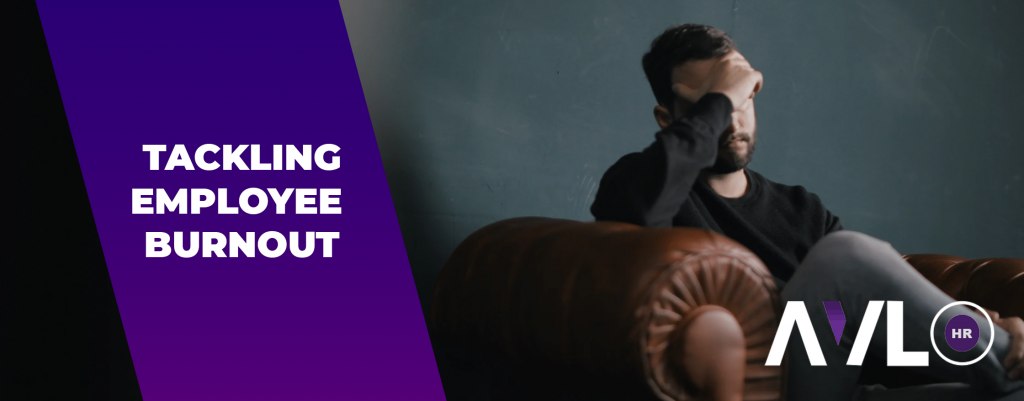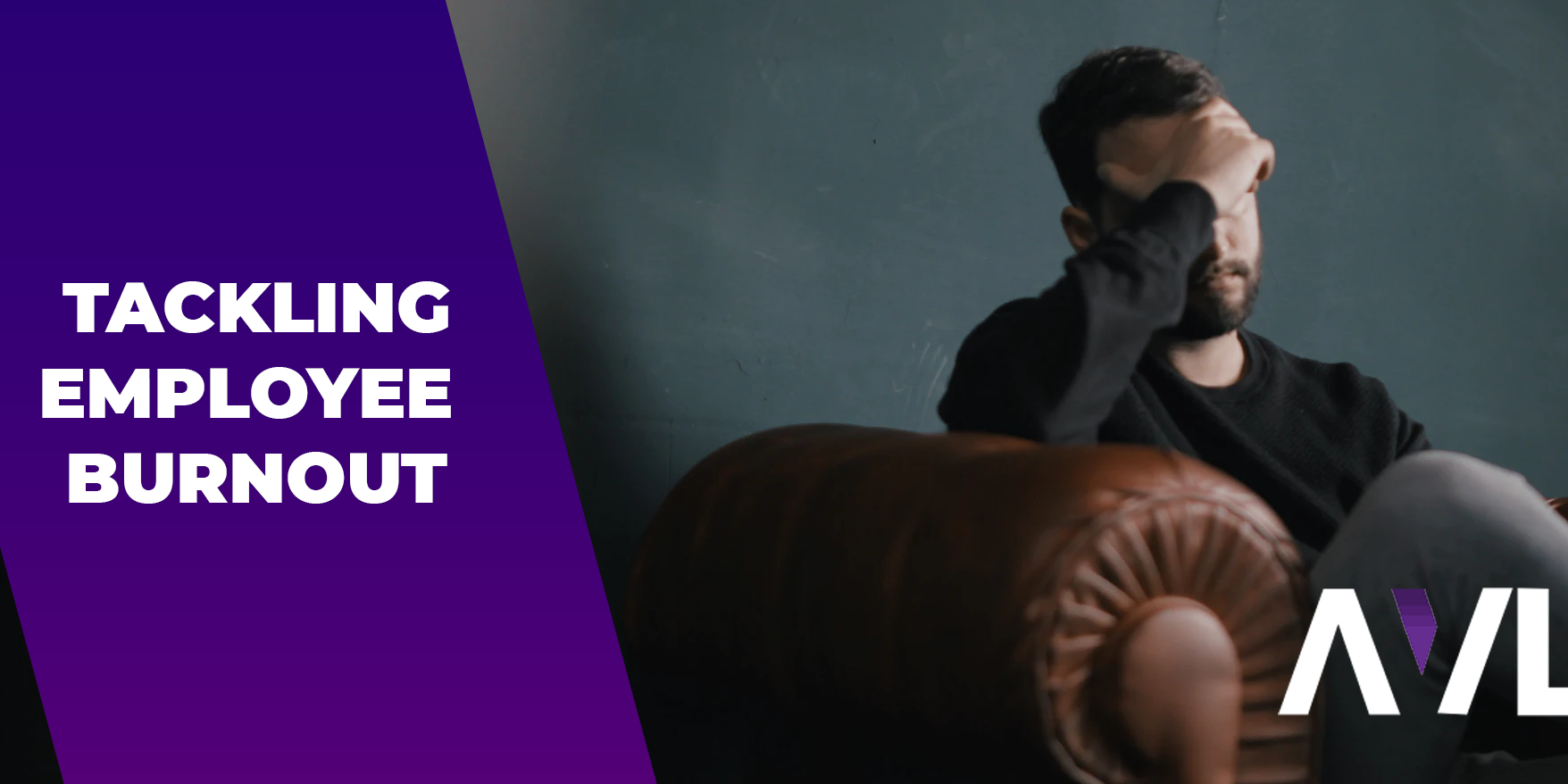It has been easy over the last few months to have been concentrating on those employees who have been furloughed, ensuring that this was done in line with Government and HMRC guidance; but what about employees who have worked tirelessly and diligently throughout lockdown who may now be feeling the burden?
Over the last few weeks, we have had more and more queries relating to employee burnout.
We have therefore put together the below guide to help identify employees who may be suffering from burnout and how to help them cope with it.

Causes of burnout
No employer or employee deliberately sets out to burn out. Usually, employees burn out after a build-up which has taken place over weeks or months.
There might not be one particular cause of burnout- often the cause, signs, symptoms and remedies are a combination of many factors.
Below are some of the typical signs to look out for:
- Working increased hours
- Taking on additional responsibilities and/or other employees duties
- Working through breaks
- Not taking holidays
- Saying yes to everything and consequently taking on too much work
Signs and symptoms
Whilst many of us work better under pressure and believe that an element of stress is a good thing, burnout tends to happen when employees have been feeling stressed for a prolonged period of time.
Some of the main signs and symptoms may be:
- Emotional (feeling drained or tired)
- Physical (headaches, stomach pain and intestinal symptoms)
- Disengagement (no longer socially interacting with colleagues)
- Increased absenteeism, irritability or conflict with colleagues
- Presenteeism (the employee’s productivity doesn’t reflect the number of hours they are at work or logged in)
- Increased or oversensitivity to feedback

Measures to help relieve burnout
As we have said, burnout often occurs after weeks or months and can be due to a number of factors.
Helping an employee recover from burnout is therefore dependent upon finding out the true cause and how it is affecting them personally; each employee experience being different to their colleagues.
That said, the below should be considered when deciding how best to approach an employee suffering from burnout;
- Engage with your employees in an open and honest way, providing them with a safe space to confide how they are feeling
- Seek continuous feedback from employees about their workload and working environment
- Ensure that staffing levels are appropriate and adequate for the workload you have
- Take feedback on board and take remedial steps where you can to resolve the employees concerns
- Accept what you can and cannot do- where an employee makes valid comments or criticisms, agree with them- and be honest about things you cannot change or which are unrealistic of the employee to expect
- Recognise and acknowledge employees contributions
- Try to resolve workplace disputes early and informally where you can
- Be wary of employees who constantly volunteer for tasks and projects and ensure that work is evenly spread
- Ensure that employees take proper rest breaks, even when working from home
- Manage holidays and remind employees to book in holidays regularly
- Encourage employees to seek assistance if they need it- whether it be from your internal mental health first aider, Employee Assistance Programme (EAP), GP or local counselling service
Whilst you cannot always avoid an employee who is feeling burnt out, you can do what you can to identify employees who are struggling and do what you can to support them. This in turn, helps build trust and engagement which encourages higher levels motivation and performance not only with the employee in question but with their colleagues around them who will also be positively influenced by the steps you have taken.
If you think you may recognise some of the above signs in your employees, please let us know and we can discuss appropriate next steps to support you and your business.









